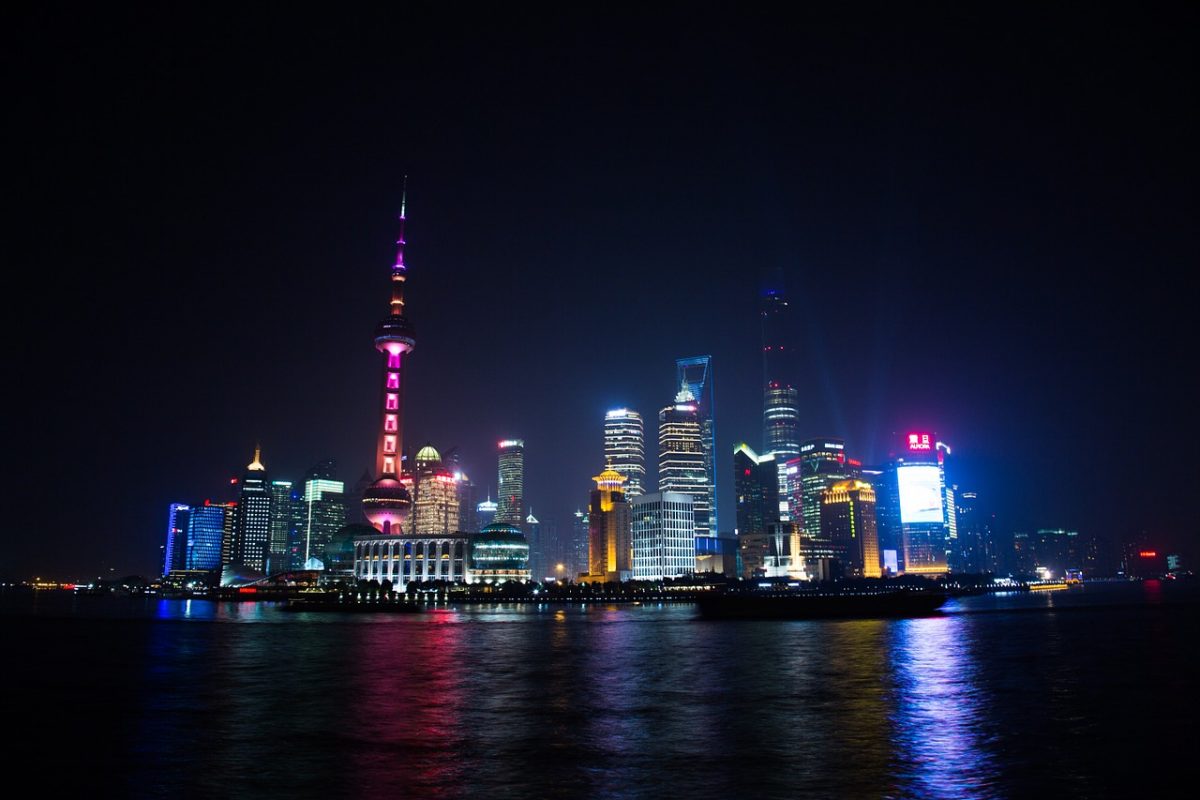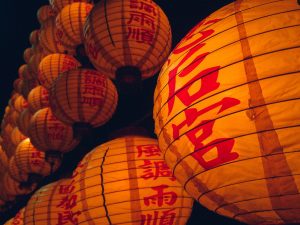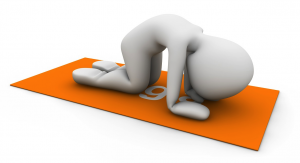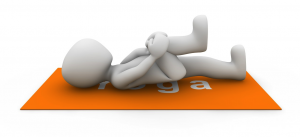 Today marks the first day of the Chinese New Year celebrations. A day I never used to pay any real attention to, until I spent three years living in Shanghai (then it’s practically impossible to avoid it).
Today marks the first day of the Chinese New Year celebrations. A day I never used to pay any real attention to, until I spent three years living in Shanghai (then it’s practically impossible to avoid it).
This year is the year of the monkey, one of twelve animals that make up the Chinese zodiac. The year in which you were born determines what animal you are. Each animal has a number of personality traits that can be associated with a person’s character, much like the Western zodiac we are more familiar with.
I always think with star signs and the zodiac it could pretty much say anything and I could probably associate with it. We are all so multi-faceted that I don’t think it’s possible to split the entire population into twelve groups and say you are a certain kind of person.
That’s just my opinion though. I know many people who love astrology and connect with the subject on a level I could never hope to understand. I would also be lying if I said I didn’t read my horoscope when the opportunity presented itself and then do a little victory dance if it turned out I was going to have a spectacular week.
Anyway, back to the Chinese festivities. I remember this time of year in China fondly, but I also remember it being absolute chaos. Factories shut down for weeks, which is great for the pollution levels (until the fireworks start) but not so great if you are a western business relying on big orders arriving from China.
As it’s the biggest festival in the Chinese calendar, it’s also the longest holiday so public transport is manic in the days leading up to new year, as people rush home to be with their families over the festive period.
Without being too ‘bah humbug’ or the Chinese equivalent anyway, the atmosphere is just brilliant. Cities are bathed in red and gold, with Chinese lanterns adorning practically every shop window and doorway. People are happy and excited about spending time with their family. The Chinese people work so hard, it’s no wonder they look forward to some well-earned time off.
 Spring Festival (as it is also known), dates back centuries. It’s beginnings in mythology stem from the existence of a beast called ‘Nian’ that would attack the villagers and their children. After a particularly brutal attack, the villages decided to join together to fight back. They discovered the beast was frightened of the colour red and was sensitive to loud noises. Villagers decorated everywhere with red lanterns and robes, banged drums and threw firecrackers which worked in keeping the monster away. Every year following, villagers would continue the tradition in order to make sure the beast never came back.
Spring Festival (as it is also known), dates back centuries. It’s beginnings in mythology stem from the existence of a beast called ‘Nian’ that would attack the villagers and their children. After a particularly brutal attack, the villages decided to join together to fight back. They discovered the beast was frightened of the colour red and was sensitive to loud noises. Villagers decorated everywhere with red lanterns and robes, banged drums and threw firecrackers which worked in keeping the monster away. Every year following, villagers would continue the tradition in order to make sure the beast never came back.
Today, the traditions are a little different. On new year’s eve houses are cleaned top to bottom to get rid of any bad luck and start the new year clear, clean and positive. Families get together for a reunion dinner and the festival continues for the next two weeks until the lantern festival on the fifteenth day.
Fireworks are lit practically every night and no matter what street you happen to find yourself on, firecrackers can be heard for miles. It’s kinda cool, as long as you don’t mind your sleep being affected.
People exchange gifts and red envelopes of money for good luck and fortune, buy new clothes and shoes to symbolise a new start, say goodbye to the old and welcome in the new.
To celebrate Chinese New Year and all things monkey-fied, here are a few yoga poses to improve digestion and help calm your body after a few days of indulgence. Enjoy!
 Cat/Cow pose
Cat/Cow pose
Begin on your hands and knees in Table top pose. Your shoulders should be above your wrists and your hips should be above your knees for the correct alignment. On an inhale, arch your spine by letting your tummy drop to the floor while your hips and chest lift opening your heart looking forward or to the sky. This is Cow pose.
On the exhale round your back and look towards your belly as in the picture. This is Cat pose. Repeat ten times, slowly, at your own pace. This mini sequence massages your internal organs, stretches your spine and is a great exercise to do after you have over-indulged. After you have completed ten rounds, exhale and lower your hips to your heels and bring your forehead down to the mat and relax in Child’s pose. Stay here for several breaths.
 Knee to Chest
Knee to Chest
This pose is also called the wind release pose – I am sure no further explanation is necessary but it is a great pose for the abdomen and gives your colon a much needed hug. It also helps stretch the back and hips and is a nice relaxing pose for calming the mind. Lie on your back and on an exhale hug your right knee to your chest whilst extending your left leg.
Hold this pose for 30 seconds to a minute, keeping a steady breath and then repeat on the other side. You can also take a spinal twist here which is great for the tummy. Bring your right knee to your chest and with your right arm stretched out to the side at shoulder height, bring your left arm to your right knee and as you exhale bring your right knee to the left side towards the floor. If you can, keep your right shoulder on the floor and you will feel a gentle twist on the right side of your body. If it feels good turn your head to the right and relax in the pose. Repeat on the other side. Twists are great because they eliminate all the nasty toxins in your body. Goodbye indigestion!
Hug both knees to your chest then let your legs go so you are lying on your back where you can chill in Savasana (corpse pose) and let that horrid bloated feeling leave your body.
Niiiiiiice. Now go grab yourself a tonic water or maybe some peppermint tea and look after yourself! Your body is your temple after all! :-)
Namaste
Vic xxo
The information provided on this website is for educational purposes only and in no way represents any form of medical or physical advice. By making use of this content, you are participating at your own risk. You should consult a doctor or physician before attempting any form of exercise or poses to ensure you do not injure yourself as a result. By making use of this website, you agree that Sida Yoga accepts no liability whatsoever for any damages or injuries howsoever caused.

